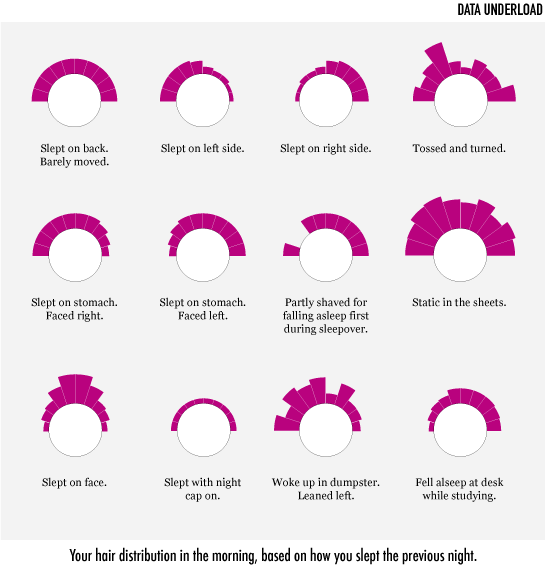The Beatles are no strangers to the charts – but they are perhaps unfamiliar with online fanboys turning their careers into infographics. Charting the Beatles is a cool, and slightly ambitious project that is producing charts like this one which is based on the fun fact that Beatles songs often contained references to other Beatles songs.

























